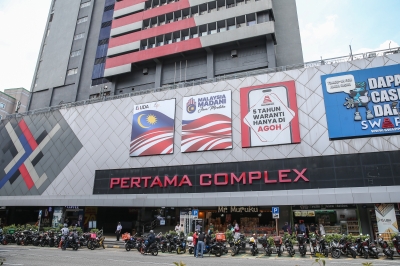KUALA LUMPUR, Oct 8 — In their hey-day, malls such Pertama Complex and Campbell Shopping Complex were vibrant and flourishing hubs of retail, commerce, and society, to the point of being landmarks in the city here.
Today, these complexes, once emblematic of Kuala Lumpur’s early vitality, serve more as yardsticks to remind people off how much and how quickly the city has developed and left these former icons in relative decline.
Built in the 1970s, Pertama and Campbell were among the first major shopping centres in Kuala Lumpur, representing modernity and sophistication at a time when Malaysia was beginning to emerge as an economic power in the region.
Pertama Complex, opened in 1976, is often considered Malaysia’s first modern shopping mall, catering to a growing middle class at the time, and was popular for electronics, sportswear, and leather goods. Located strategically along Jalan Tuanku Abdul Rahman, the mall’s central location attracted both locals and tourists.
Launched three years earlier, the Campbell Shopping Complex had also been considered avant-garde at the time. Named for its location on Campbell Road that has since been renamed Jalan Dang Wangi, it once signified the advent of KL’s urbanisation, developing a reputation as the destination for high-end fashion, jewellery, and movies.
At their height, a sea of faces would arrive each weekend from within the city, but often from beyond. Over the years, the torrent became a stream, then a trickle. Now, those who still visit the two malls are largely the same handful of regulars keeping afloat many of the businesses that still choose to remain.
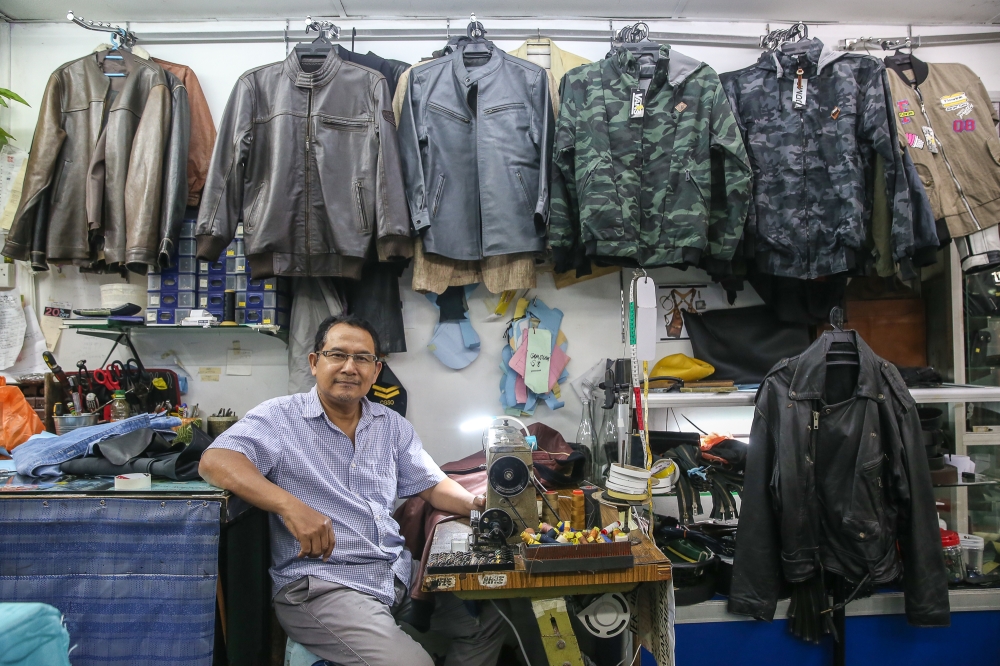
Tailor Abasilah poses for a photograph at his store at Pertama Complex in Kuala Lumpur on October 2, 2024. — Picture by Yusof Mat Isa
“We heavily rely on them. Once in a while, they would send their leather jackets for repairs, or ask us to adjust their jeans,” said a tailor and Pertama veteran of 20 years who only wanted to be known as Abasilah.
“Every month, we get about two to three customers. The rent here is about RM2,100 per month and if we manage to pay it, that’s good enough for us,” the 58-year-old added.
Like former patrons, many of Pertama and Campbell’s contemporaries are no longer around. The area once featured a thriving movie scene, with Lido Cinema, Capitol Cinema, and Odeon Cinema all within walking distance.
None of the cinemas remain today, as all closed after periods of decline, with their buildings repurposed for time, before making way for the flood of new developments.
Central Kuala Lumpur has transformed substantially over the years, with skyrocketing land value pushing developers to emphasise on mixed developments that combine retail, residential, and commercial all in one, relegating older standalone malls to the fringe.
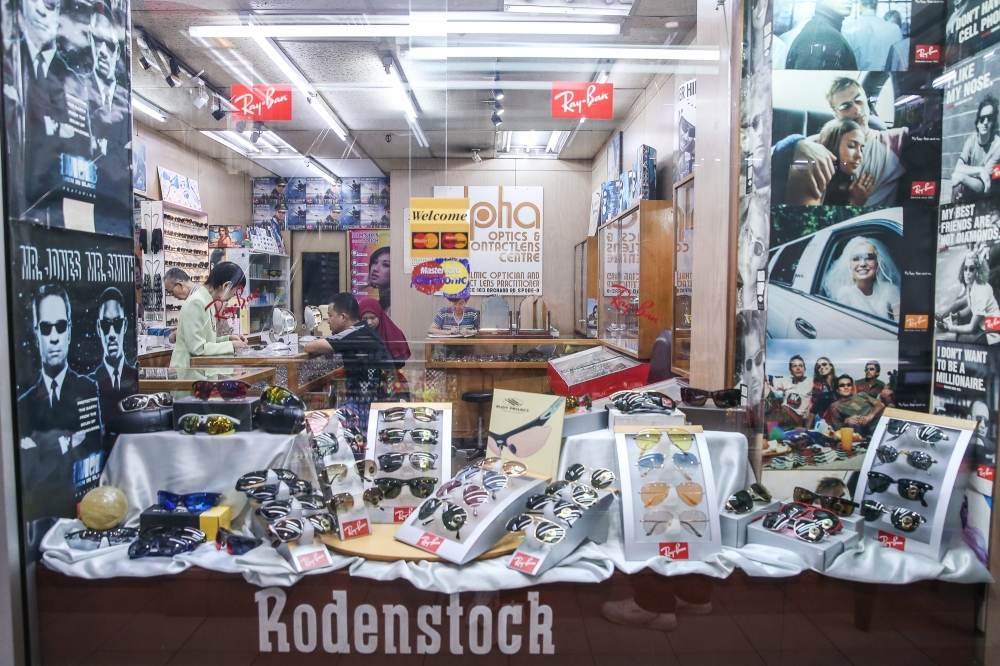
Workers attend to customers in an optical store at Pertama Complex in Kuala Lumpur on October 2, 2024. — Picture by Yusof Mat Isa
From his store located in the Block C of the building, Abasilah said the doldrums was common across the shopping centre.
Over in Block B, GK Yong, 75, of Alpha Optics & Contact Lens Centre was reading a newspaper to pass the time until his first customer of the day arrives.
“It’s more or less the same for us,” he said to Malay Mail, when told of Abasilah’s situation.
“We hope for new and returning customers these days. Most of them are workers around the area. Our old customers are no longer around,” said Yong, who opened his store here in the 1970s.
Yong said that since the Covid-19 pandemic, things have only worsened. Online shopping and e-commerce were already a threat to physical retail before then, but the repeated lockdowns during the global pandemic have further accelerated shoppers’ adoption of virtual shopping.
Over in Campbell Complex that is just 130 metres away, most shops were not open for business even at 1pm.
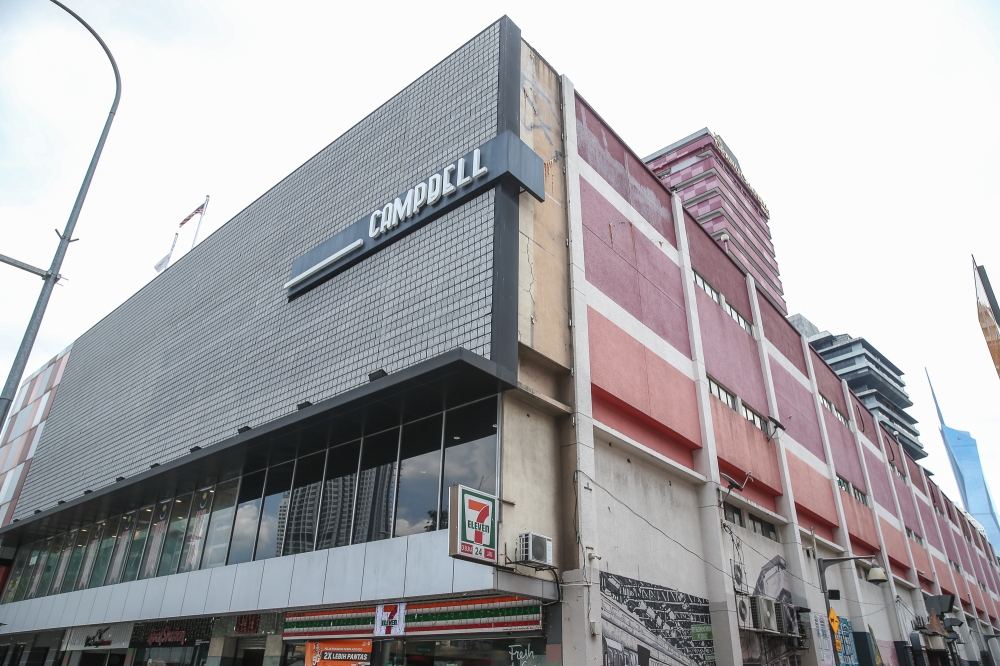
A general view of Campbell Shopping Complex in Kuala Lumpur on October 2, 2024. — Picture by Yusof Mat Isa
Stanley Ng, a 69-year-old tailor, said it was normal.
“There’re no people coming here. What’s the point of opening it so early and closing it late?” he said.
Ng said the earliest that any would open was 11am, though most would only raise their shutters after lunch and lower them again by 7pm.
Ng said he owned the shoplot on the first floor, so rent was not a concern. Even then, he said the dwindling patronage meant he sometimes struggled to come up with the annual fees due to City Hall.
“It’s very hard doing business here. For shops that are established, I think we can survive. We only get returning customers. They know of our existence.
“But for new shops, they can’t. There’s no one who wants to shop here. Yes, the rent here, compared to newer malls, is very cheap, about RM2,000 but if there’re no customers, how do you survive?” he asked.
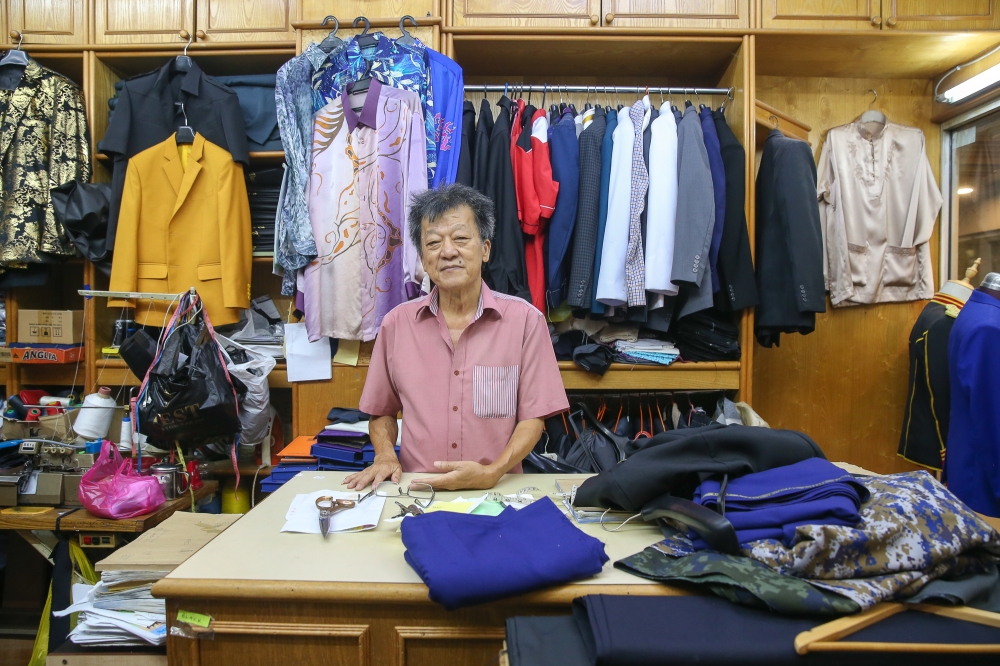
Tailor Richard Yap poses in his store at Campbell Shopping Complex in Kuala Lumpur on October 2, 2024. — Picture by Yusof Mat Isa
Another tailor in the same complex, Richard Yap, 68, said the change in shoppers’ preferences since the pandemic has hit hard, not just in their shift to online shopping but also their growing affinity for fast fashion.
When they first opened, stores like Yap’s only competed with others in the area. Today, they face cutthroat competition from millions of faceless rivals selling at impossibly low prices on Chinese e-commerce platforms such as Temu, Shein, Taobao, TikTok Shop, Xiaohongshu, Tmall, and more.
“The ready-made ones online are much cheaper. Not just people, but companies also have lessened their orders with us. From a bunch to one or two,” Yap said.
Despite their decline, both Pertama and Campbell still hold a place in the hearts of older Malaysians, many of whom have fond memories of shopping, dining, or just hanging out there with their families and friends.
Still, the future appears gloomy for them. While some advocate for their preservation and revitalisation, others consider them as relics of a bygone era.
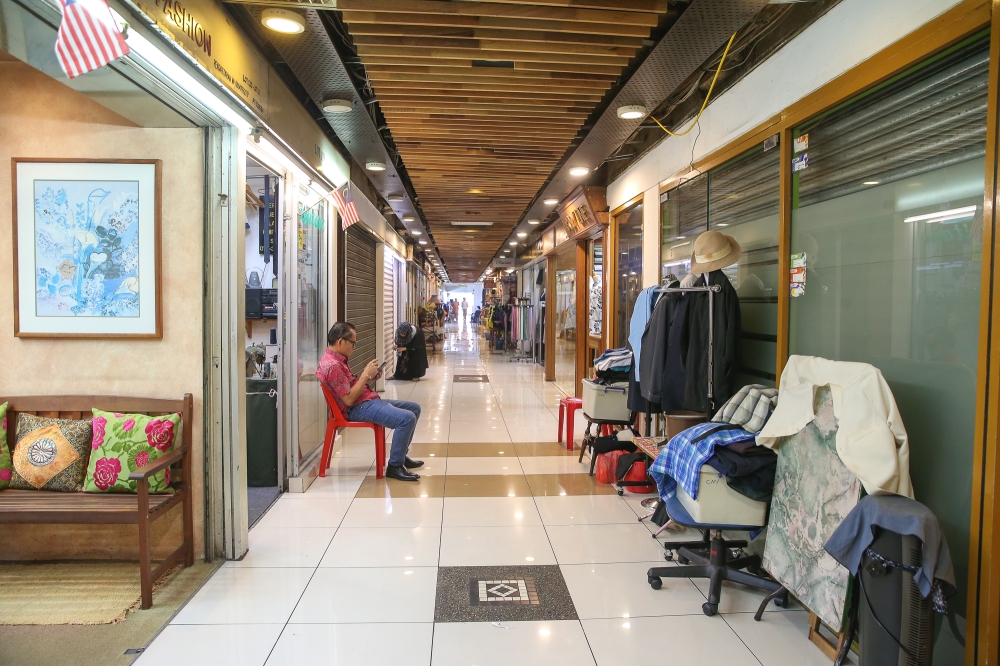
Closed shops and half-raised shutters are pictured at the Campbell Shopping Complex in Kuala Lumpur on October 2, 2024. — Picture by Yusof Mat Isa
Not all is lost, however. The relative success of contemporary Sungei Wang Plaza in Bukit Bintang, which was opened for business in 1977, provides a glimmer of hope.
Sungei Wang Plaza received two major upgrades and renovations in 1992 and 2012 to the mall’s aesthetics, and has managed to be a mainstay with Malaysian shoppers including the younger generation despite being of the same vintage as Pertama and Campbell.
The mall would often host events such as the Swifties season, a Taylor Swift fans’ sing along concert; thrifting festivals; dance competitions; and even has miniature museum.
Stores within offer affordable to mid-priced offerings from a wide variety of products, including clothes, accessories, footwear, electronics, home décor, and more.
It has also developed a reputation among thrifty young shoppers as the go-to mall for quality eyewear at low prices and affordable makeup accessories.

